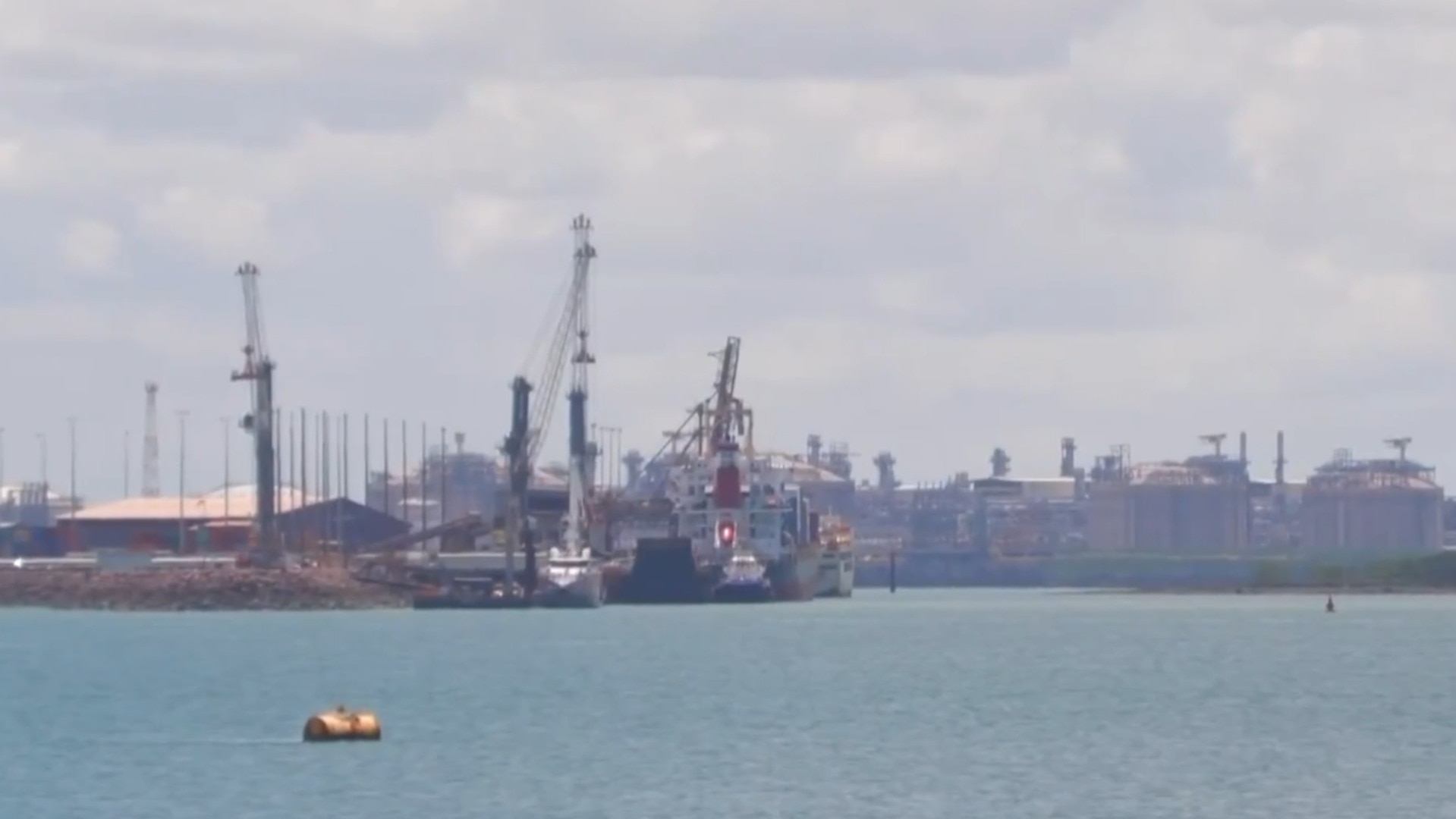Prime Minister Anthony Albanese will have to work hard to convince voters in New South Wales and Victoria why he deserves a second term, with new polling showing an important number in the two most populous states had fallen since the last election.
The Resolve Strategic poll, conducted for Nine’s newspapers, found the party’s primary vote in the first three months has dipped to 30 per cent in New South Wales and 27 per cent in Victoria, compared to 33 per cent in 2022 when Mr Albanese claimed victory.
The PM won on a nationwide primary vote of 32.6 per cent, with a 52.1 per cent two-party preferred, securing 77 seats and allowing Labor to form majority government.
But with the fresh slump three years later, it could be a challenge for Mr Albanese.
It could see key NSW seats swing to the Liberals, such as Bennelong (held by Labor on 1 per cent), Gilmore (2.6 per cent), Paterson (3.3 per cent) and Robertson (2.3 per cent).
While in Victoria the Labor electorates that could be in trouble centre around Melbourne, including Chisholm (6.4 per cent), Aston (which swung to Labor after the 2023 by-election triggered by Alan Tudge’s retirement) and McEwen (3.3 per cent).
But despite this, the analysis also showed a positive trend towards the Albanese government in March, which it must maintain for the next four weeks if it wants to win.
In January-February a Resolve poll showed the primary vote in NSW sat at 26 per cent and Victoria 24 per cent, before it rose four and three points, respectively.
“The campaign trend so far has been towards Labor, and it’ll be the large regain for them in NSW that will most please their campaign,” Resolve Director Jim Reed said.
“Labor’s regain isn’t enough to secure them a majority, at least not yet, because they’ve still got a swing against them in the largest states. With such a large crossbench they’ve really got to equal their 2022 showing to avoid sharing power.”

While for the Coalition it has been a mixed bag of results.
In January-February, the Peter Dutton-led party’s primary vote nationally was 38 per cent, with NSW at 39 per cent and Victoria 38 per cent, the Resolve poll showed.
It rose one point to 40 per cent for NSW, but fell the same figure nationally, and dropped a significant three points in Victoria to 35 per cent in the month of March.
It has also tightened in the two party-preferred race, with both Labor and the Coalition at 50 per cent nationally and in NSW. While in Victoria Labor is ahead 52-48.
Resolve Strategic polled 6,096 voters from January to March, with just over more than half of those questioned last month alone leading up to the election being called.


